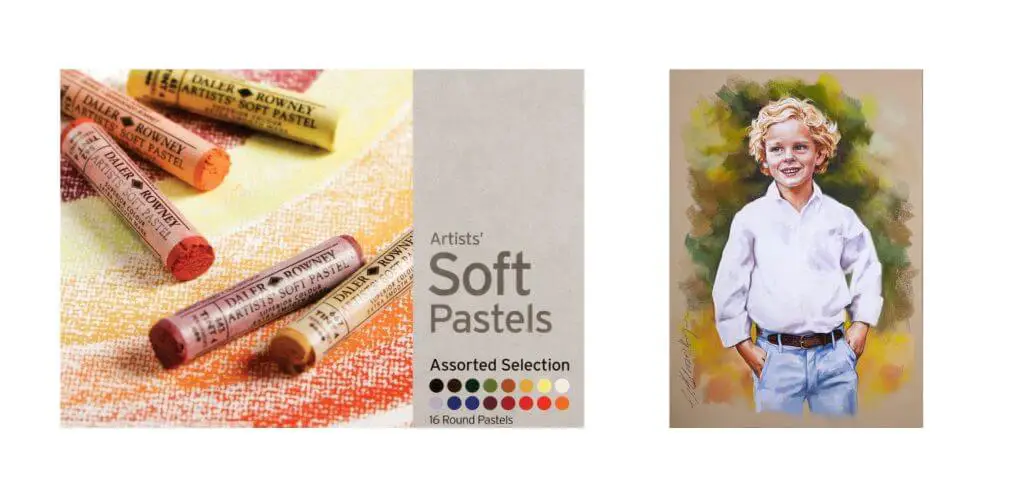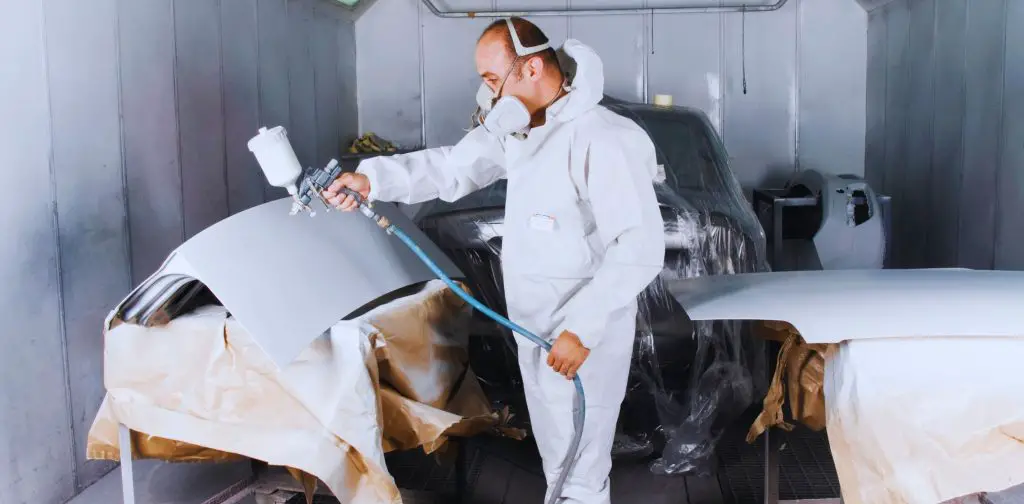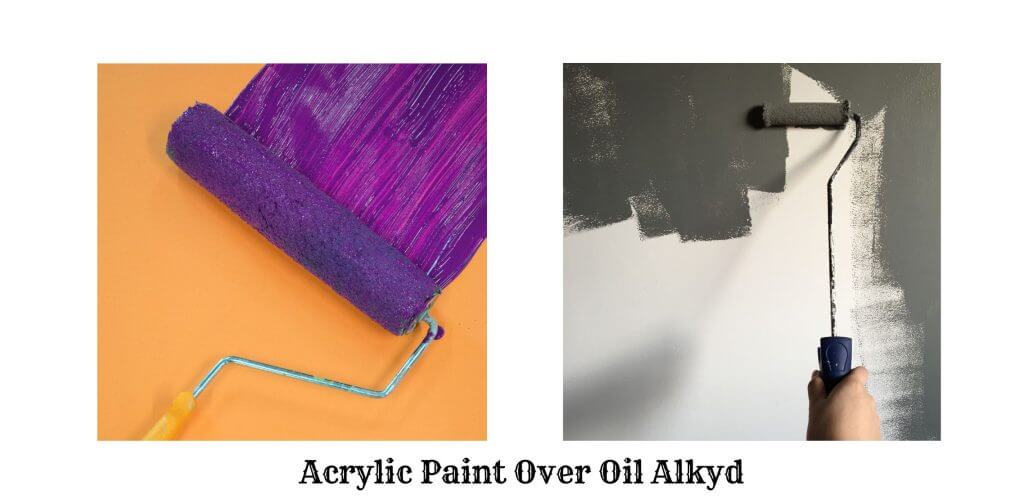It will be annoying to get stuck where you did not want to paint. Some paints are removed quickly, whereas some don’t remove fast. But acrylic paint is pretty different. You must face a problem while removing acrylic paint because it dries very quickly. Learning how to remove acrylic paint from wood with enamel thinner helps you to deal with removing color.
Acrylic paint is hard to remove. It takes a lot of patience and time to remove it. You should not rush to get rid of dried acrylic paints. Acrylic paint vs satin acrylic paint includes every detail of paint. If you want the first result, some paint-removing products like Goo Gone can remove acrylic paints from wood within a few minutes.
Table of Contents
Why Acrylic Paint is Dangerous for Wooden Surfaces
If you pick the most popular paints on the market, acrylic paint is one of them. It is professionals one of the best choices. You can use it on almost every surface, including canvas, wood, and fabric. It is mainly used on creative projects.
It is a water-based chemically made paint with non-toxic elements. It should not shrink and crack the wooden surface. But over time, you will see some changes. So, acrylic paint could be risky for wood.

It does not dry out well, even in humid environments, and that can cause the surface to become brittle and crack over time. It is unpredictable to say when it will be noticeable. In many cases, it may not be visible.
Wood comes with a smooth texture suitable for painting. The simplicity makes it suitable for a wide range of painting projects. Acrylic paint is good paint and doesn’t harm wood easily. But it is not like you pick paint and throw it over the surface. You must find the actual type of wood and choose an acrylic paint compatible with that wood type. Otherwise, random acrylic paint types can be dangerous for wooden surfaces.
Wooden Boards & Acrylic Paint Basics
Wooden board and canvas are one of the most used surfaces for craftwork. Acrylic paint is the best paint you can apply on these surfaces. Both wooden boards and acrylic paints are compatible with each other. Masonite, High-Density Fiber Board, and Medium-Density Fiber Board are the best example of wooden boards. If you want to ensure a good experience with wooden board and acrylic paint, you must be aware of some basics.
This article will provide you with a basic overview of how to work with acrylic paints on wood boards.
- You cannot directly apply acrylic paint to the wood. Most of the time, the wood stays wet. Wet woods absorb a lot of paints which will waste unnecessary paints. That’s why you have to dry the wood before painting.
- Sand the surface to make it smooth. You cannot paint an uneven surface. To produce the best work, you must rub the surface with 240-grit sandpaper until you are satisfied with the smoothness of the surface. Then prime the surface because it is compulsory before painting.
- The final step is to apply a minimum of two coats of acrylic gesso over your primer. Gesso is a white, chalk-based primer that provides a smooth surface for painting and protects against cracks and peeling.
There are three steps to preparing the wooden canvas for painting. In short, you have to dry out the surface and prime it properly to get productive paint output. Those steps are compulsory to protect the surface from moisture and corrosion.
How to Remove Acrylic Paint from Wood with Enamel Thinner
Here is the acrylic paint removing part you are waiting for. We have added some painting guides to help you for avoiding mistakes. We will tell you how to remove acrylic paints produced by sudden mistake. If you do wrong from the start, it has no meaning to remove or change the whole painting. So, make sure to start your craftwork properly.
This article will show you how to remove acrylic paint from wood with enamel thinner. An enamel thinner is a solvent that dilutes oil-based paints or cleans them after use. It is commonly a mineral spirit with a flash factor of approximately 104F. It can dissolve a thick layer of paint from colorless or unfinished wood without damaging the finish. Let’s get into the procedure –
- Wear necessary equipment like gloves, goggles, sleeves, etc.
- Clean dirt from the wooden surface with a clean fiber.
- Apply a thin layer of enamel thinner using a roller or brush to the painted surface.
- Keep it for 15 to 20 minutes. Check the manufacturer’s manual sheet.
- Use a wet and clean rag to wipe the area where you apply enamel thinner.
Don’t scrub the area hard where you want to remove the paint, and use a light hand. You can apply the thinner multiple times. So, if there is extra paint left, you can apply enamel thinner a second time with a light hand.
Just take another clean rag and follow the procedure. And don’t forget to clean the wooden surface before applying thinner.
FAQs
Does paint thinner take the paint off wood?
Paint thinner like enamel thinner, lacquer thinner, and alcohol can remove acrylic paints from wood. You can use them in a small section of the furniture.
Will vinegar remove acrylic paint?
Vinegar is an excellent acrylic paint removal. You can use a vinegar solution to take off paints.
What is the best enamel thinner for acrylic paint?
Isopropyl Rubbing alcohol thinner is one of the best thinners used in removing acrylic paint.
Conclusion
You can remove acrylic paint with some precise methods. Enamel thinner is an element that helps you to remove unnecessary paints. We know acrylic paint is water-based paint. That means you can wipe it off using water. The enamel thinner just dissolves the paint, and then you can easily remove the paint with a wet rag.
Organic acrylic paint does not require any thinner because they dissolve in the water quickly. But inorganic compounds of acrylic paint require strong solvents like enamel thinner.
These are all about removing acrylic paint from wood with enamel thinner. Hope you find this article helpful. If you have a car, we will suggest checking metallic black vs gloss black. Your car will stand out over the crowd.
For more than 15 years, I’ve been immersed in the world of painting, and I’ve created this website to share my passion and knowledge with fellow art enthusiasts. My artistic journey has led me through various mediums, techniques, and styles, always pushing the boundaries of expression. I invite you to explore the captivating realm of art with me – a journey of creativity, self-expression, and the endless possibilities that painting offers.
Feel free to reach out to me via email at leanna.ange@gmail.com. Whether you have questions, want to share your own artistic experiences, or simply connect, I’m here to engage in the wonderful dialogue that art inspires. Looking forward to hearing from you!






